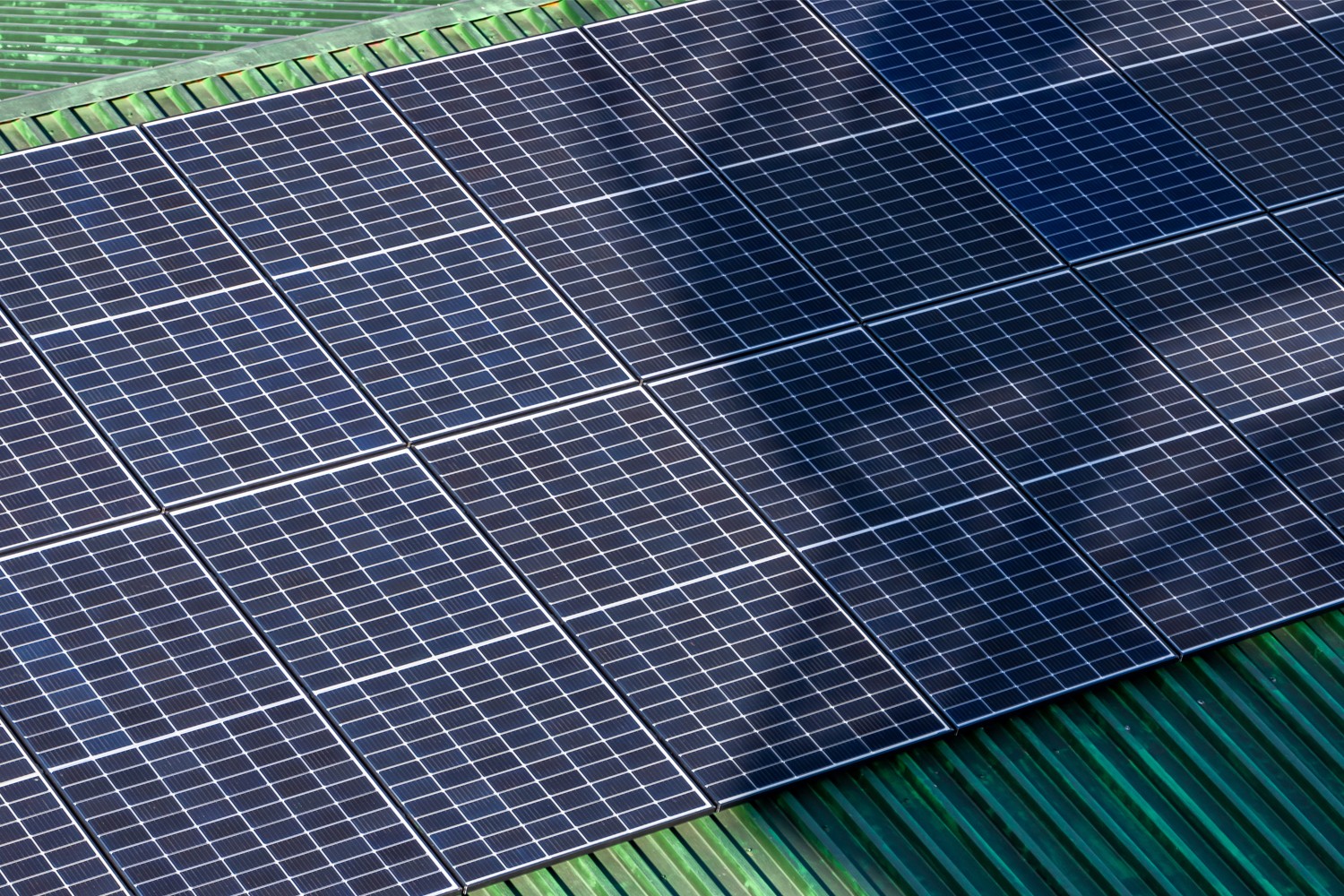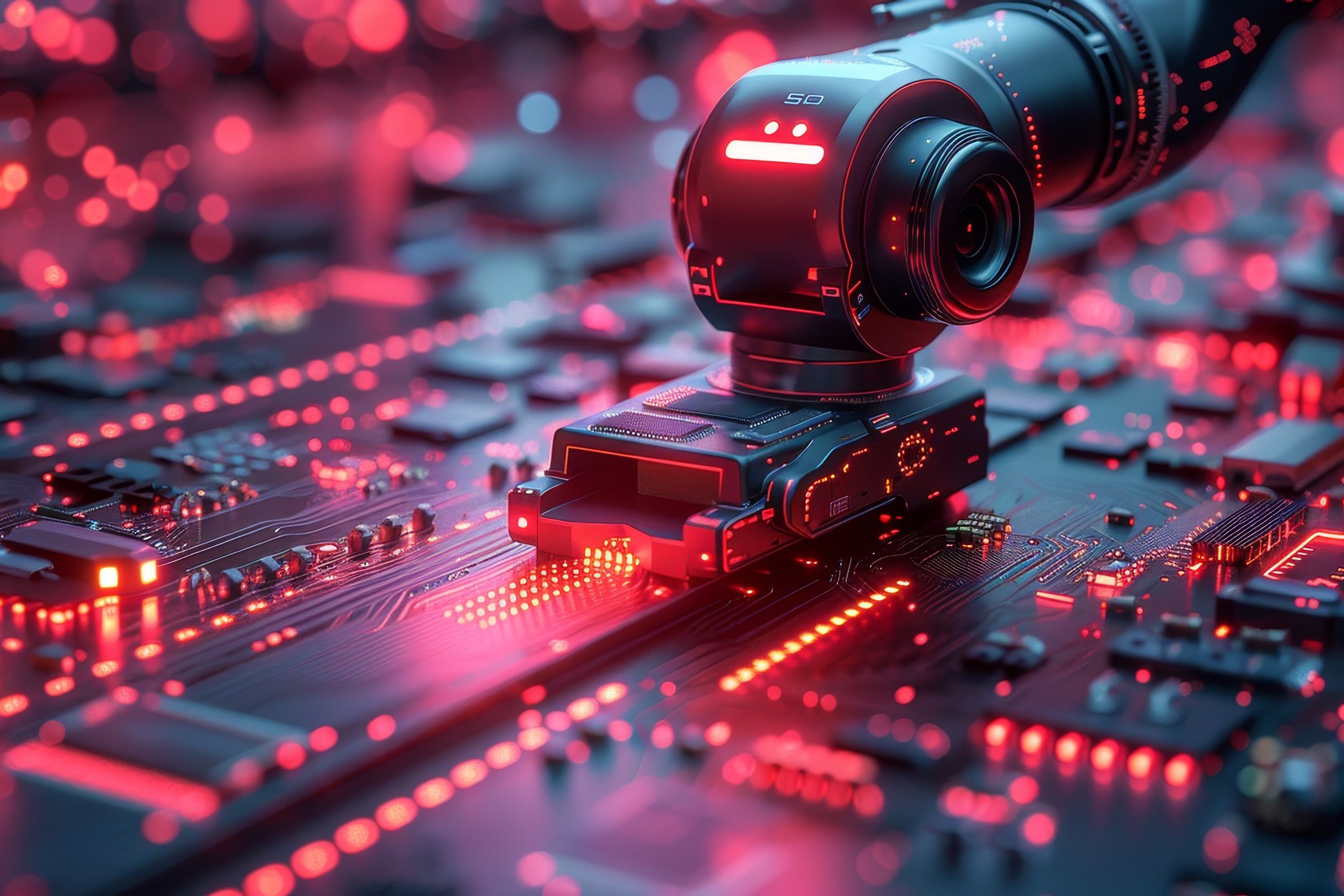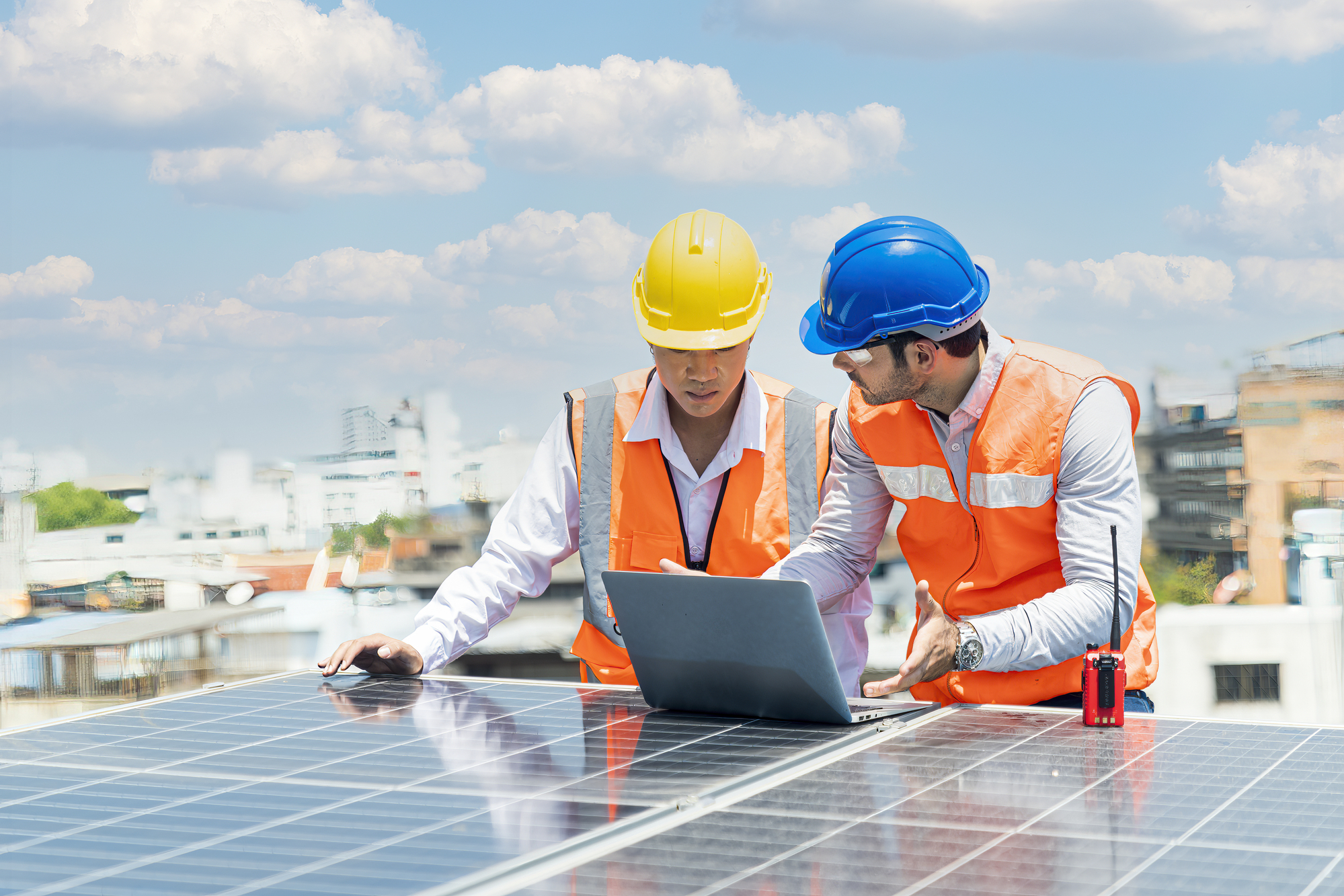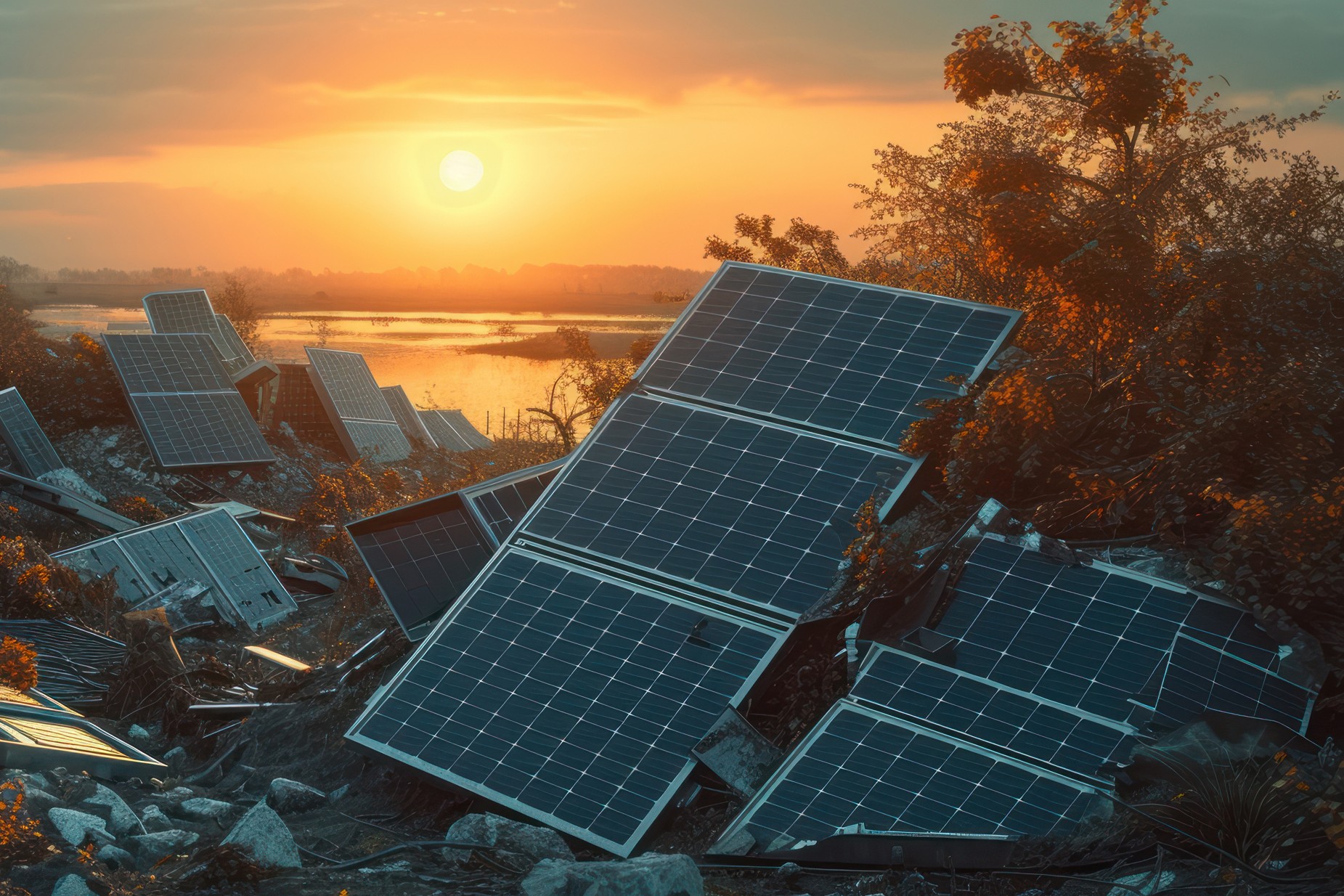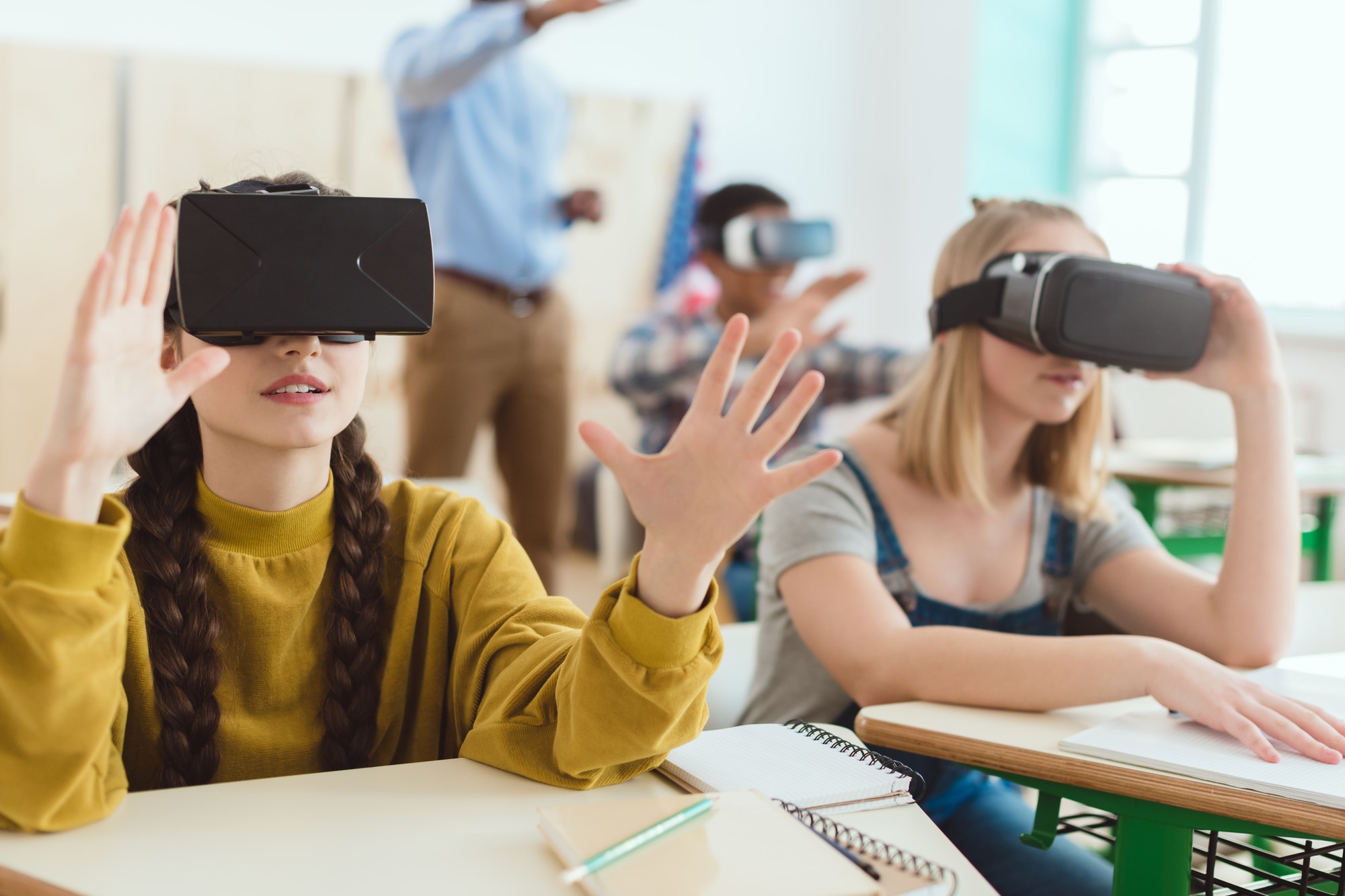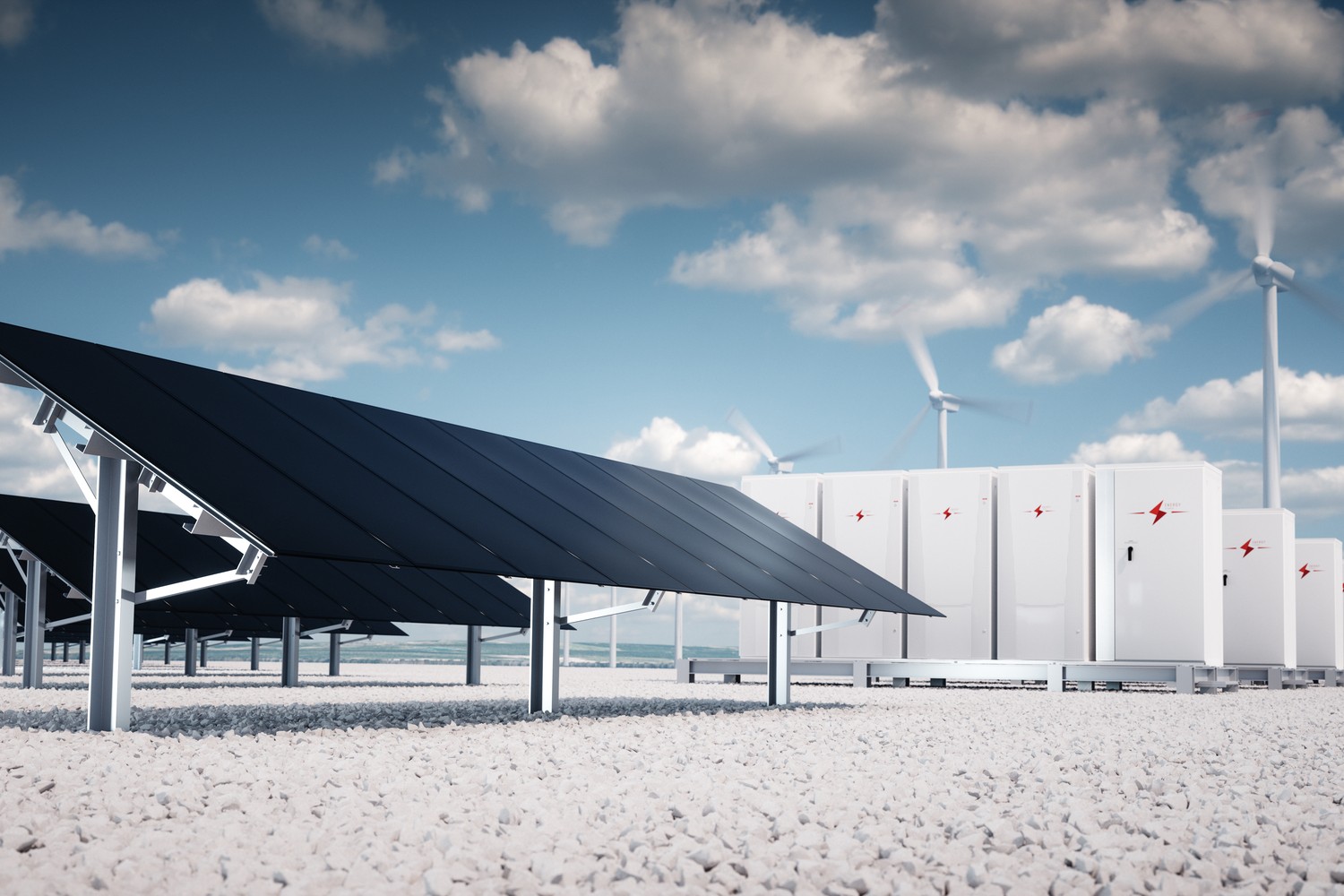The levelized cost of energy (LCoE) stands for average cost of the energy produced throughout the life of various energy-generating assets. In terms of power plants, LCoE meaning is tied to how much it costs to generate a single unit of electricity over the lifetime of the plant, and is often marked as dollars per megawatt hour ($/MWh).
LCoE is used to evaluate methods of energy production and can be considered as an average electricity price for a specific generation method in order to break even. Levelized cost of solar PV could potentially predict whether the project would, at bare minimum, cover its own expenses, or if the park doesn’t hold up against alternative choices.
LCoE calculation
The calculations involved in the LCoE need to account both for the present values and the values that will come into effect in the future. Simply put, LCoE’s calculations evaluate the initial cost of the project, including financing, the annual expenses and site irradiance characteristics. Other important aspects include maintenance costs or even loans associated with the project. Underperformance of any of the elements affects solar LCoE, which in turn can influence the project. For example, if the initial investment is quite large, but the overall yield of the project is low (due to poorly selected location) and requires a lot of maintenance, such a plant would likely be rejected as it would be deemed loss-making.

Formula breakdown:
It = Investment and expenditures for the year (t)
Mt = Operational and maintenance expenditures for the year (t)
Et = Electricity production for the year (t)
r = Discount rate that could be earned in alternative investments
n = Lifetime of the system
Importance of solar LCoE
Investment-gain ratio is a fundamental part of any power plant. And LCoE of utility scale PV is one of the essential assessments to determine if the project is viable and worth getting into; if the park can barely break even according to initial LCoE calculations, it might be better to move on to a project that shows more potential. LCoE is primarily used by policymakers for long-term planning.
The comparison can be done between similar systems as well: the formula to calculate the LCoE relies on a variety of factors which can be detrimental in the long run. Looking at the marginal costs to utilise coal or solar energy, LCoE costs would have to include the price of coal as a material, while solar doesn’t have such expenses. However, it should be noted that these comparisons are often regarded as a guideline, not a hard proof that the project is viable. Higher or lower LCoE is purely a theoretical prediction, but it is one of the main elements that can influence investor’s interest, as it’s considered a proof of financial viability of solar PV power plants. LCoE calculations can even include tax benefits, such as depreciation of the installation.
How can PVcase help?
With PVcase you are able to assess site feasibility early on by getting a clear breakdown of your cabling and ground grading costs. You can also optimise your design by evaluating potential shading challenges and easily transfer your project to PVsyst by exporting it in a bespoke format, co-designed with PVsyst.
Request a demo today and see how PVcase can help you and your team to design your next PV system.
You might also be interested in:
April 25, 2024
Shading Analysis: advanced feature for C&I roof-mount solar projects is live
Shading Analysis is live! Read the article to learn about benefits, capabilities of the tool, and how it can help users and decision-makers.
April 9, 2024
PVcase wins the BNEF Pioneer Award 2024 for innovative solar design solutions
We won the prestigious 2024 BNEF Pioneers Award! Find out how our software contributes to relieving bottlenecks in the deployment of clean power.
March 29, 2024
Sustainable cities: what urban living of the future might look like
From clean energy to green bonds and renewable energy stocks, there are many ways you can invest your money in a sustainable future. Find them out by reading the article.
March 22, 2024
8 ways to invest your money in a sustainable future
From clean energy to green bonds and renewable energy stocks, there are many ways you can invest your money in a sustainable future. Find them out by reading the article.
March 21, 2024
8 business opportunities in renewable energy
There are many potentially lucrative business opportunities in renewable energy. Learn how you can use these opportunities to make money while contributing to the green…
March 20, 2024
The costs of obsolescence in renewable energy
Solar and wind power are key for sustainability, but the technology lifecycle come with hidden economic costs and obsolescence risks. Learn about these challenges related to…
March 19, 2024
How to harness the power of the sun in everyday life
Solar power is a valuable asset for individuals and communities employed for an ever-expanding range of daily applications. While many applications for solar power are well known…
March 15, 2024
10 ways AI is helping solve climate change
Climate change is a growing concern, and as such, there have been many efforts to find ways that technology can help minimize climate change and the damage that it may inflict. AI…
March 13, 2024
11 strategies to make your products greener
Many companies are feeling pressure from consumers and compliance standards to ensure that their products are eco-friendly. Additionally, efforts to increase the sustainability of…
March 12, 2024
Sustainable chic: how the green revolution is shaping art and fashion
As eco-friendliness becomes a growing concern for many around the world, efforts to improve sustainability in different areas of our lives are increasingly common. These shifts…
March 8, 2024
PVcase in the Financial Times list of 1000 Europe’s fastest-growing companies ranking at #104
Far from just making it through, PVcase was recognized, landing the #104 spot on FT1000 — the annual Financial Times list of Europe's 1000 fastest-growing companies.
March 8, 2024
10 technology challenges for the next generation of inventors to solve
An inventor's job is rarely easy in the first place, but the challenges posed by shifts in technology and culture complicate the invention process even further. As such, it’s…
March 7, 2024
Why good design is key to truly sustainable energy
Sustainable energy production relies on efficient, dependable and low-impact systems that balance local needs with global goals. Technological advancement is one means of…
March 5, 2024
What’s the difference between commercial solar design and utility-scale solar design?
Utility-scale solar projects are designed for utility companies, while commercial projects are built to supply corporate organizations. Each type of solar project comes with its…
March 1, 2024
Ethical business practices that can improve the solar industry
Discover how ethical practices can improve the solar industry, benefiting consumers, workers and the environment while producing business benefits for contractors involved with…
